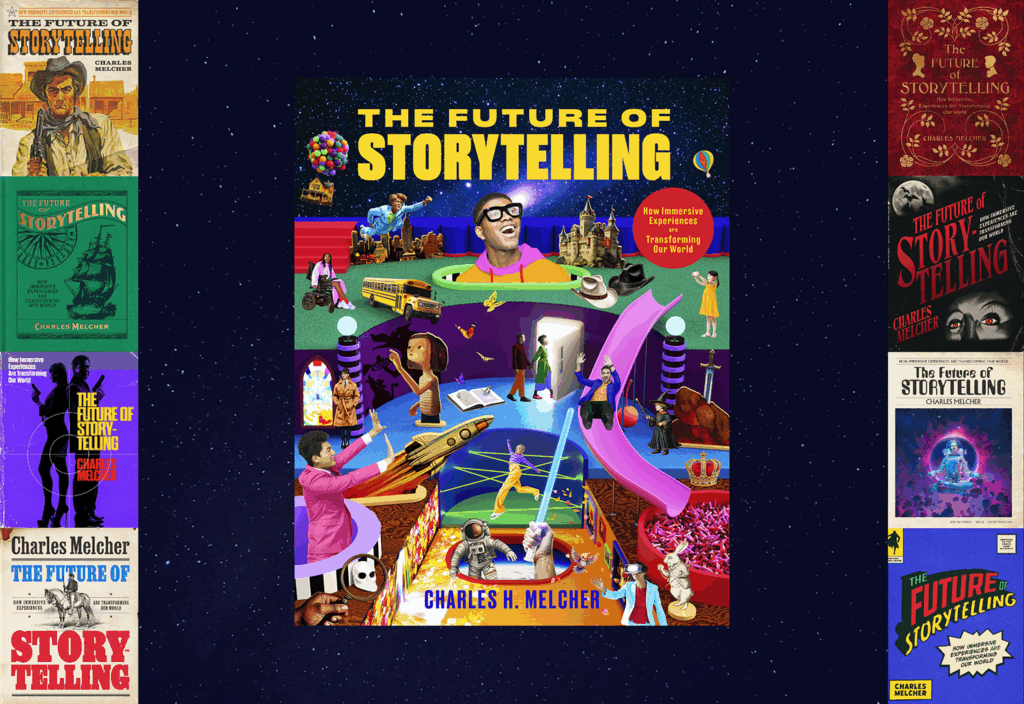When thinking back to the most memorable trends in performance marketing for 2009, we would have to place the evolution and proliferation of the flogs high on the list. Several things enabled them to perform as successfully as they did, but most notably, they crossed the chasm from single distribution channel to many. Instead of a sole reliance on search or social, they had, for awhile at least, a prominent presence on all channels, one of the biggest successes of which display made possible. Where other ads found mediocrity with display or required elaborate targeting and complex integration, the flog ads ran delightfully unencumbered generating hundreds of millions of dollars. Their amazing performance combined the perfect storm of monetization – appeal to a wide audience, ability to create trust, high conversion rates, high payouts, and multiple conversion events. And, equally interesting, in a world of display, they acted as a proxy for showcasing the best converting sites. The results of which didn’t always parallel how the broader advertising world might have thought of a site, especially one that looked to have lost some of its luster. No site embodies this quandary more than AOL, whose traffic ranks as among the highest converting yet viewed collectively so averagely.
The story of AOL goes back to the earliest incarnations of the internet available to consumers. For all intents and purposes, it was the internet. Everywhere you went, you went within the AOL ecosystem. Only in the late 1990’s did the internet become unbundled from the method by which you connected to it. Fortunately for AOL, the unbundling came at a time when the growth in the number of people using AOL appeared as though it would not slow. That growth tied in with their having a business that generated real subscription dollars gave AOL among the highest valuations of any company, a valuation it leveraged like a homeowner does his house to enable other large purchases, in this case Time Warner. A decade later, the $350 billion marriage between Time Warner and AOL has completed its final chapter, a divorce. AOL has become a separate entity again, starting out not that far from where it did pre-internet boom in 1996, with a modest subscriber business and a valuation in the low single billion dollar range. Unlike 1996, though, it will take a lot more than another hot market for AOL’s fortunes to reverse and to right the ship that has for many felt like the last moments aboard the Titanic, i.e. a strategy going nowhere, desperation, and mounting casualties. A new skipper though took over at the helm, and the split from Time Warner was seen as a step towards saving the company. The question of course is not only can it be done, but is it simply too late?
Trying to answer whether new CEO and ex-Googler Tim Armstrong will succeed in his quest to remake AOL must wait as the company has only recently gone on its own and has yet to have a full quarter of business under its belt as a public company. Armstrong came on board in April 2009 with the company fully splitting from Time Warner in early December 2009. Perhaps one of the most prescient statements regarding AOL’s past and future comes from the CEO of Time Warner at the time of the merger, Gerald M. Levin, who said in a recent interview, "How do you get paid for content?" That is at the heart of Tim Armstrong’s challenge, and his plan to remake AOL has not seen widespread support from those covering the space, among the harshest words coming from Slate whose article on the topic led with , "AOL’s Latest Dumb Business Plan." The subheading explains in a nutshell much of the company’s strategy saying, "Write stories based on search terms, mimic universe’s worst news site." For becoming a content production machine rests at the heart of AOL’s plan for capturing more eyeballs and more of the internet advertising pie. Interestingly, they aren’t the only ex-Googler heading down that path. Patrick Keane, who used to work for Tim at Google now runs crowd-sourced content creation company Associated Content. Unlike Associated Content, though, AOL plans on having the writers in-house.
Those who bash the AOL strategy focus appropriately on the fact that we really don’t need any more crappy content on the internet. And, while for years people have said content is king, the development of content in a scalable fashion, more specifically, value adding content has lagged behind other technology innovations. AOL is far from the only company with a content production focus. The field includes small startups, the aforementioned other ex-Googler, to one who has raised more than a quarter of a billion dollars, and that’s just the tip of the iceberg. Almost all of the approaches differ slightly. AOL is simply the most well-known name to throw its hat into the "numbers dictate what to write not what was written dictating the numbers" ring. The strategy is anything but sexy, but others have already proven that it can make money. Armstrong and company are simply better positioned than most to do so, because AOL has a brand that really matters. It doesn’t have to matter to users. It only has to matter to Google, and then it can matter to users. But, like many of the content plays, they walk a fine line between creating content people want versus content that matches what a search engine hopes they might want. If only the content that people never knew they wanted to read, AOL’s TMZ, could make more money. Their new strategy should work for now, because for better and worse, the bar right now is simply set too low. And, let’s face it, if they mess up and flood the net with the same crappy keyword dense traffic, something tells me the AOL CEO knows who to talk to Google to avoid being slapped too hard.
Happy Anniversary AOL.



